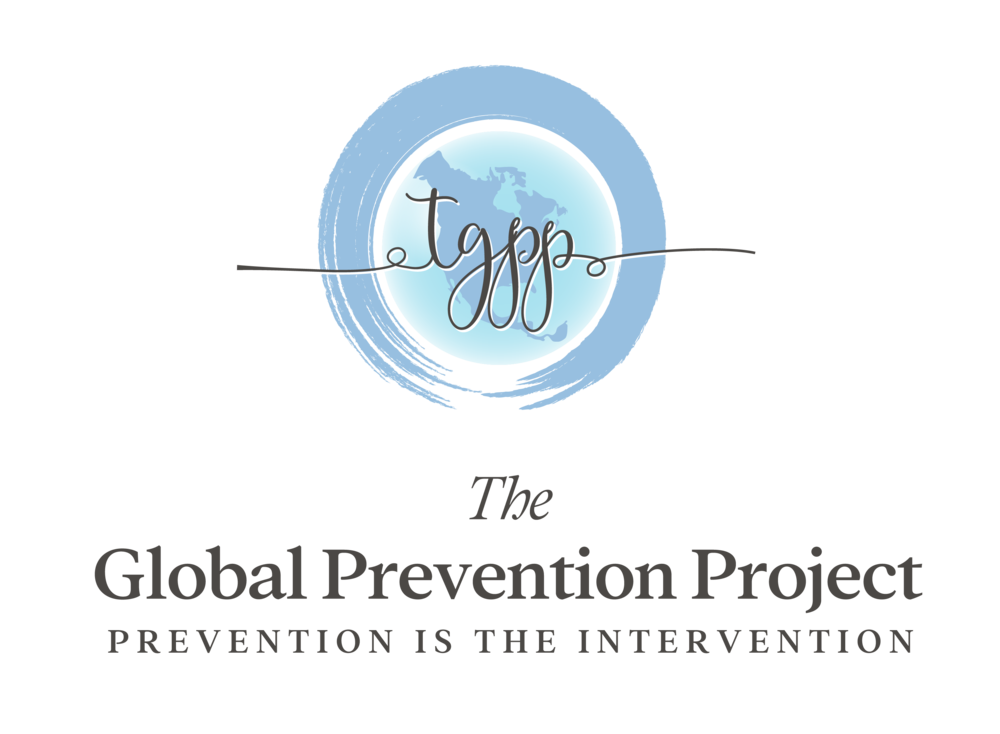The words we use to describe and label individuals are largely predicated on our belief systems. These belief systems are shaped by our experiences and how we internalize those experiences. As discussed previously, the belief that all pedophiles have sexually abused children is based on two assumptions —>
Anyone who is sexually interested in children would act upon this interest given an opportunity and;
An individual would not have sexual contact with a child unless they were sexually attracted to children (Seto, 2009).
These assumptions have a profound impact on our ability to understand child sexual abuse (CSA). They create misinformed beliefs about who sexually abuses children and why that when confronted are almost impossible to conceive, i.e., —>
An individual would sexually abuse a child even if they are not sexually attracted to children or;
An individual who is sexually attracted to children hasn’t sexually abused a child nor has any desire to do so.
You may have a hard time reconciling the above statements with your beliefs about CSA. That’s ok, stay with me. There are many factors that contribute to an individuals likelihood or risk for sexually abusing a child. Risk factors vary significantly depending on the type of sexual offending behavior, an individuals physical or cognitive abilities, and the environment in which they were raised. Some risk factors include but are not limited to:
sexual preoccupation
pornography use
intimacy deficits
deviant sexual interests
sexual self-regulation
substance use
sudden access to a victim
lack of social supports
(Bonta & Andrews, 2017)
To reiterate, these are just some risk factors, there are many more. What’s imperative to understand is that there are many reasons why an individual may sexually abuse a child, and not everyone who acts out in the same way, does so for the same reasons. While an attraction to children may be one reason, it is often not the only reason.
Considerable evidence within the academic community supports the notion that most MAPs (i.e., pedophiles, hebephiles, and ephebophiles) have never committed a sexual offense against a child (Goode, 2010) and; current statistics indicate approximately 20% to 50% of sex offenders with child victims are pedophiles (Marshall, Barbaree, & Eccles, 1991; Seto, 2009; Schmidt, Mokros, & Banse, 2013).
What’s important to understand is that not all individuals who sexually abuse children are pedophiles, and not all pedophiles have sexually abused children. Through the following blogs, I hope to broaden your understanding of CSA by confronting this deeply held belief system that is detrimental to us all.
